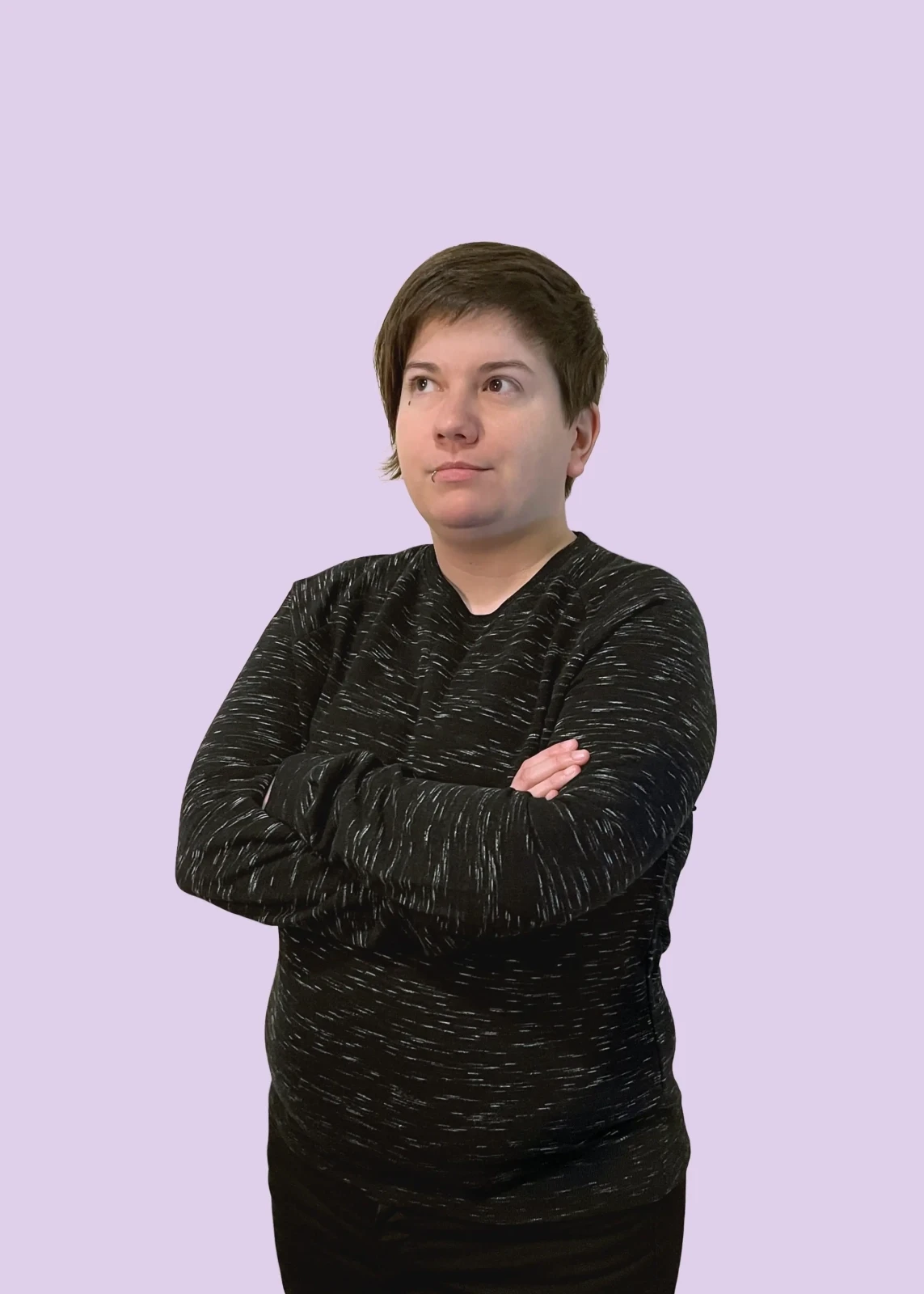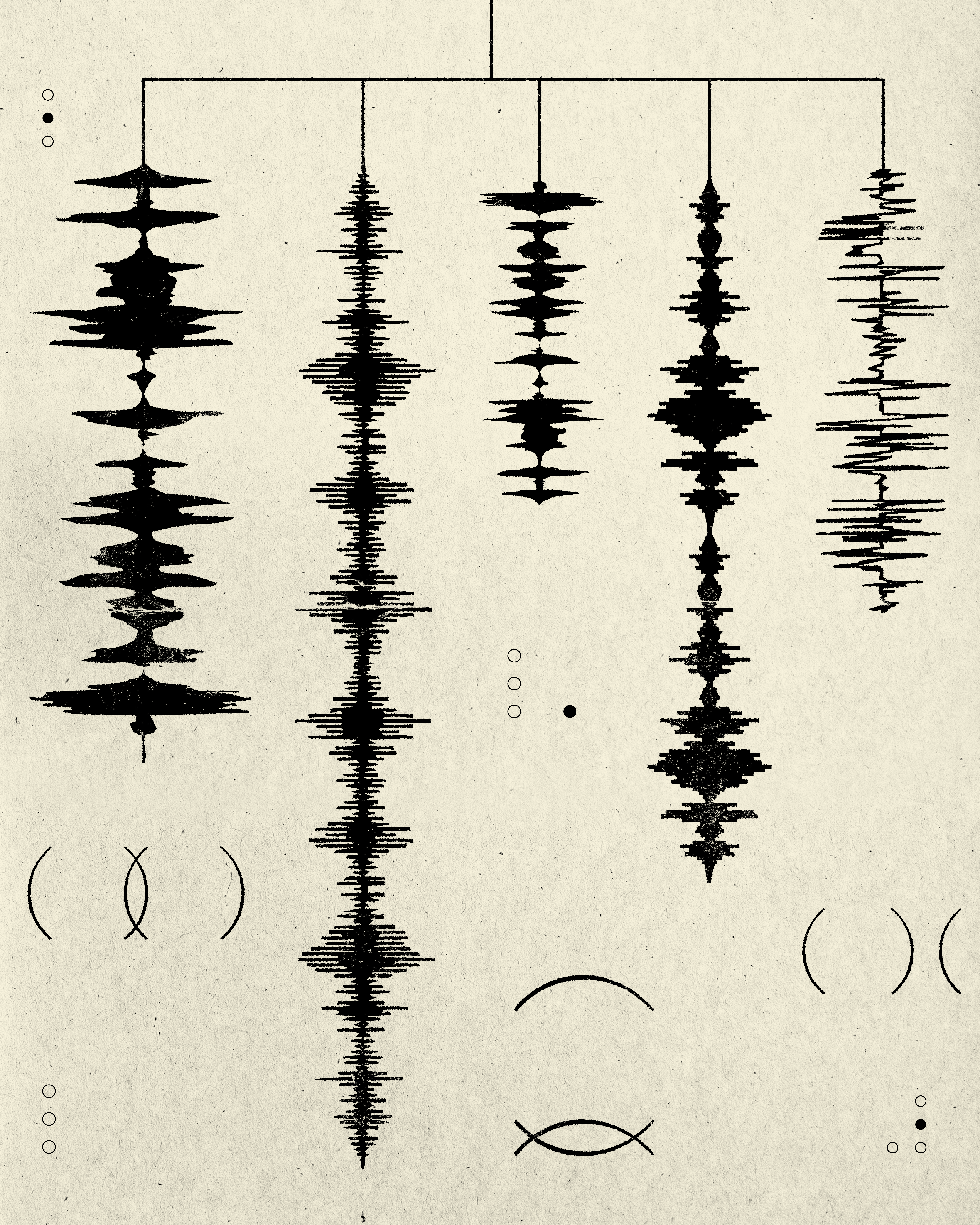Why Knowing Your Audience Is the Ultimate Power Move in Experiential Design
Ok, hear me out. This is not a think piece on the benefits of kidnapping. No one’s glamorizing psychological manipulation here. This is a love letter to the kind of event design that actually understands its audience. And not just a surface-level “we pulled some demographic data” understanding. We’re talking “would sweep their category on Jeopardy” level. The kind that results in someone texting their friends back home the second they check in to wax poetic about their experience thus far.
Because when the experience feels like it was designed just for them (even though you’re juggling 100 different personalities in the room), that’s when your event crosses the line from well-executed to truly unforgettable. Borderline cultish. In the best way.
The Art of the (Deeply Strategic) Vibe Check
Let’s back up. Knowing your audience isn’t just a line in a brief; it’s the entire game. You can’t build resonance off a spreadsheet. You have to go full undercover fan. Yes, I will tank my algorithm to do those deep dives because how we make attendees feel is part of that MAS special sauce.
There’s no more specialized opportunity to cater to every single guest than a YouTube Creator Summit. We’re dealing with a carefully curated list of some of the biggest social media personalities in the cultural zeitgeist so there’s a wealth of content for us to pore over to get those event details juuuuuust right.
A Creator Summit isn’t a one-size-fits-all influencer hang. It’s a precisely tuned ecosystem built for creators who are constantly performing, constantly online, and constantly two steps away from burnout. They’re not just attendees; they’re walking brands with ring lights in their carry-ons and FOMO in their bloodstreams.
So instead of shouting at them with fully branded moments, we whisper to them with frictionless content capture moments. We surprise them with tailor-made moments for their niche corners of the internet. We make them feel seen but give them the opportunity to take the wheel.
When we’re talking about a more focused experience, like a Gaming Creator Summit, we have an even better opportunity to lean into each creator with a hyper-focused lens. We can tailor the experience around what we know will resonate with the entire group, then use our research to create gamified moments for unassuming players. So they’re no longer just guests, they’re now characters in the narrative—hunting down physical versions of their favorite video game characters over the extent of a three-day experience.
Designing for Humans, Not Personas
Here’s the thing they don’t tell you about “knowing your audience”... it’s not about distilling people into categories. It’s about embracing their chaos. Their contradictions.
The creator who wants quiet connection and clout. The gamer who’s competitive as hell but socially anxious. The guest who wants to try everything under the sun but needs to adhere to their vegan-gluten-free-dairy-free diet.
Designing an event that works for all of them doesn’t mean going neutral. It means going deep. You layer the experience before you even consider flattening it. Give people choices. Agency. Moments to opt in, moments to observe, moments to do something unexpected just because it feels like them.
You give guests a little mirror (sometimes an actual magic mirror that speaks back to them), that says: Yeah. This is your kind of party.
The Sneaky Power of Hyper-Personal Moments
Here’s the part I love most: when someone walks into a space and thinks, “How the hell did they know I needed this?”
That feeling doesn’t come from flashy headliners or the world’s biggest donut wall. It comes from small, intentional choices. A joke hidden in the signage that only someone deep in a niche will catch. A photo backdrop that perfectly matches their feed. A moment of pause in an otherwise overprogrammed day.
TL;DR: Make It Personal, or Don’t Bother
If you want people to remember your event, don’t just “deliver content.” Deliver connection. Make them feel like they stumbled into something that was meant for them all along. (Even though we all know it was planned, and planned, and planned again.)
The magic trick isn’t scale. It’s specificity. And it’s what turns a pretty good event into something that lodges itself into someone’s brain and refuses to leave. Like a song. Or a conspiracy theory. Or, well… Stockholm Syndrome.
But, you know…vibey.

